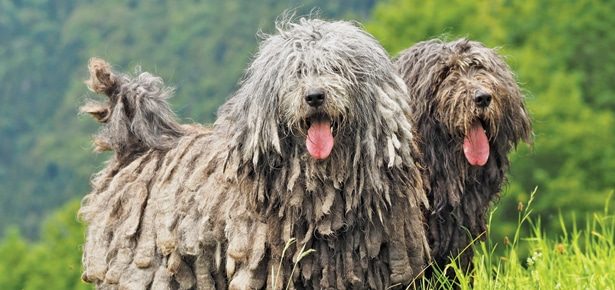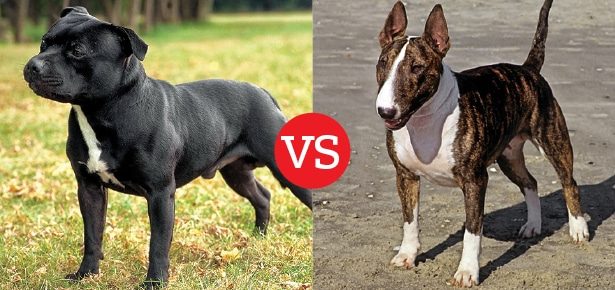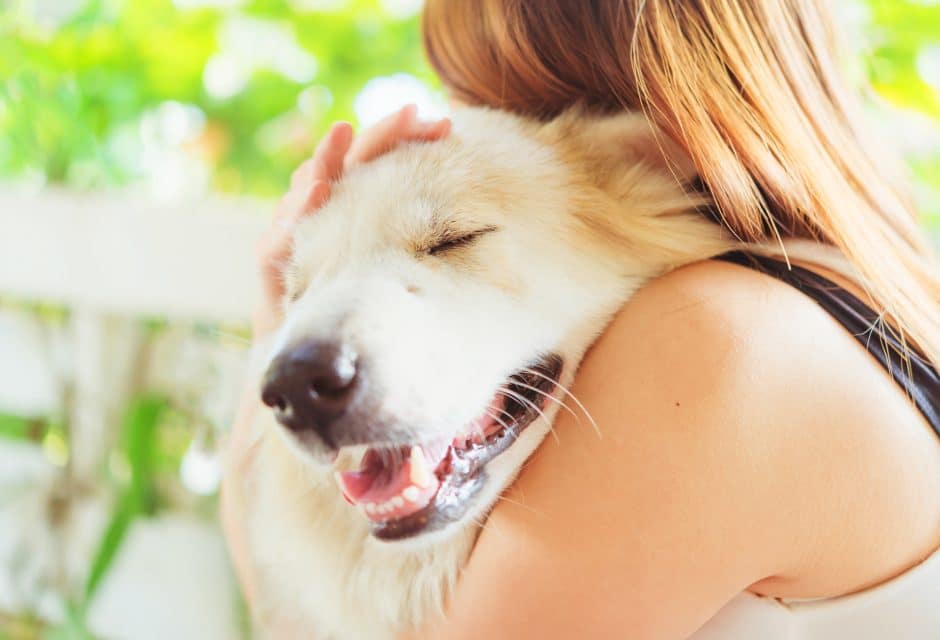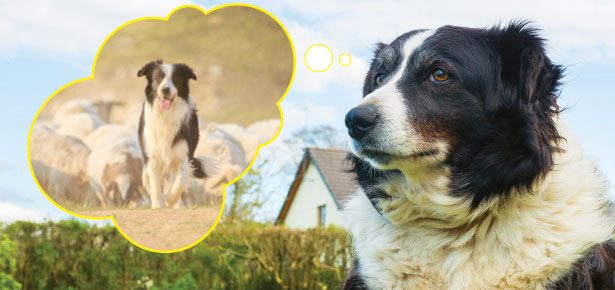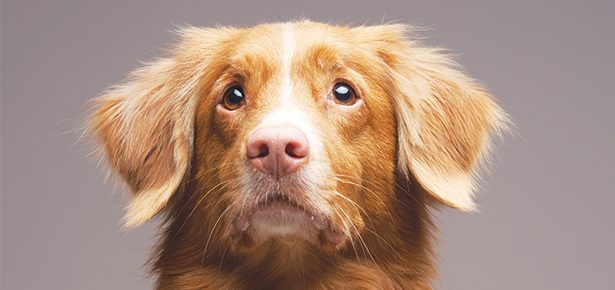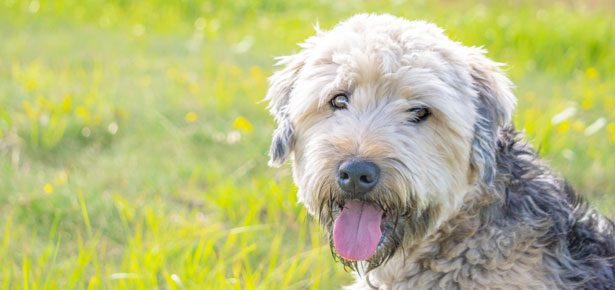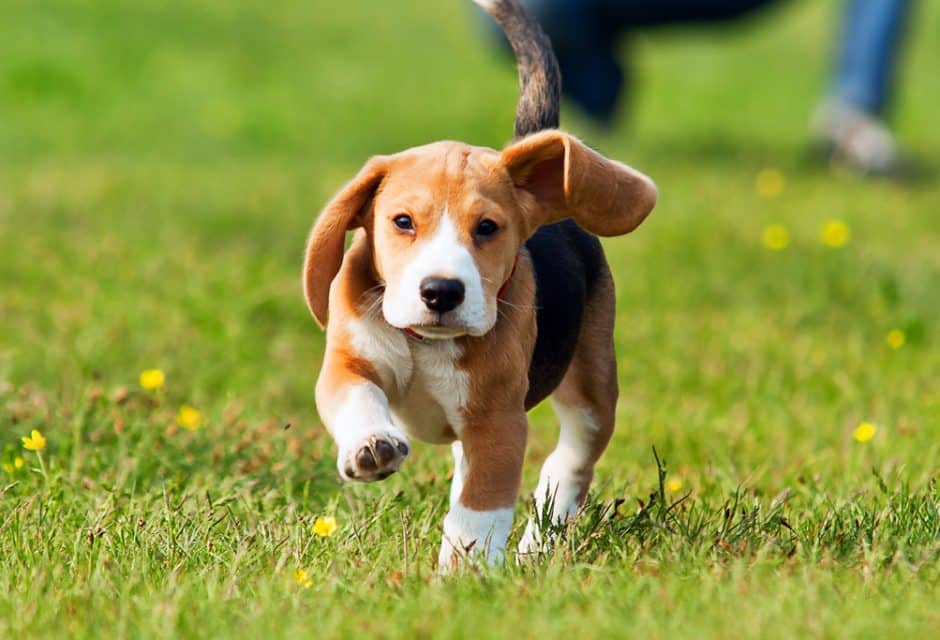
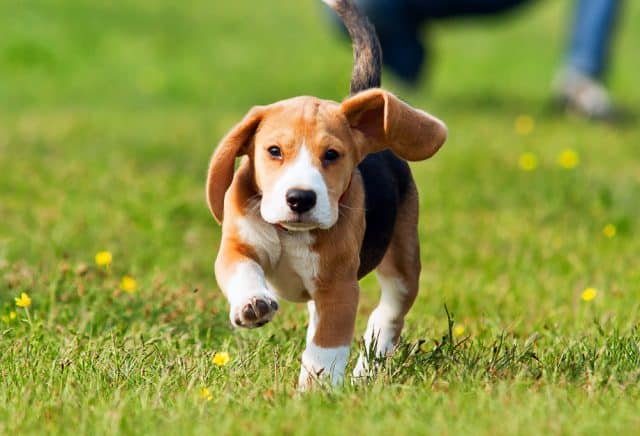
The Beagle
Beagles are a “most excellent diversion”
Over 200 years ago, in a book titled A General History of Quadrupeds, Thomas Bewick wrote of Beagles: “They follow by the exquisiteness of their scent, and trace [the hare’s] foot steps through all her various windings with such exactness and perseverance, that they afford most excellent diversion.”
While Bewick was referring to the breed’s prowess as a hunter, the Beagles of today still “afford most excellent diversion” for their many fans. From Peanuts’ Snoopy through Lou, the hound hero of Cats and Dogs, to Buddy the “ugly Beagle” of MTV2’s series Where My Dogs At?, Beagles have captured the public’s affection in a way other breeds can’t match. The United States’ top dog from 1954 to 1959, the Beagle has not given much ground since then, still ranking fifth in overall registrations in 2006.
So what’s the secret behind all this Beagle bliss? Is it the soulful eyes, soft, floppy ears, and sweet expression? Is it the snuggly and playful personality?
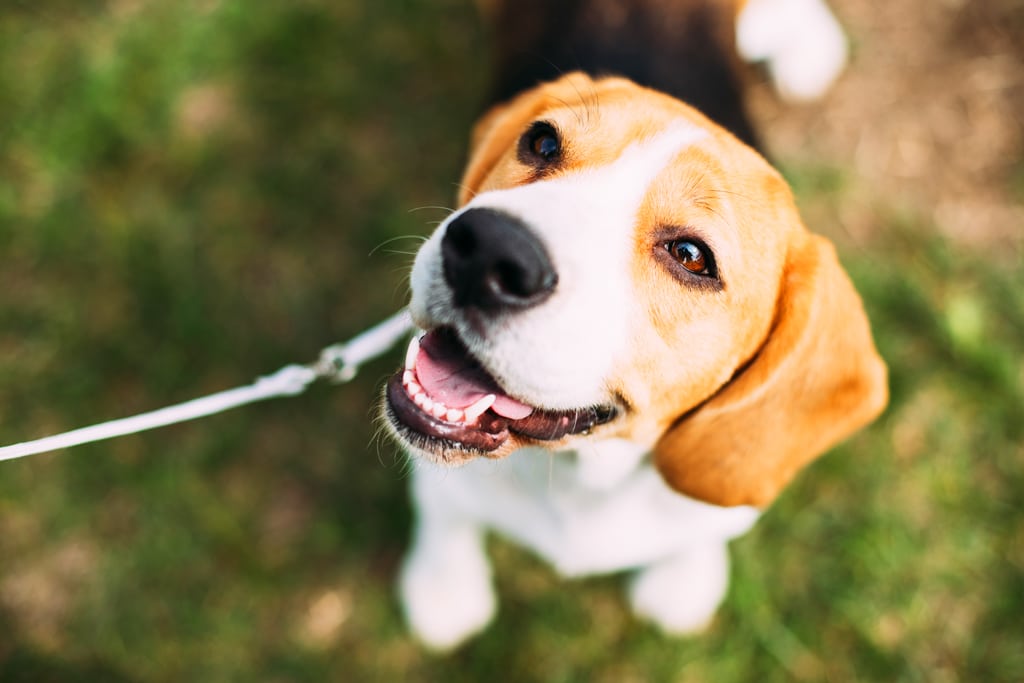
Grisha-Bruev/Bigstock
These characteristics were certainly of little or no interest to the English breeders who developed the Beagle sometime before the 16th century. They wanted a sturdy little hound to hunt rabbits and hares, a tireless tracker with a baying voice that the master of the hunt could follow from a distance. The breed name may have originated with the French term bégeule, which means “open throat,” or it may have arisen from the Old English begele, the French beigh, or the Celtic beag, which all mean “small.”
As with most old working breeds, no one cared much what the dogs looked like; it was their ability that counted. The rabbit hunting hound came in many sizes, shapes, and even a wire-haired version. Pure breeds as we think of them today didn’t really exist and the various hounds, such as Harriers, Foxhounds, Greyhounds, and Beagles, as well as the occasional terrier, would be freely interbred to suit the needs of the particular terrain or tastes of the owner. Diminutive Beagles under nine inches tall—called “Pocket” or “Glove” Beagles—were popular in the Tudor era, though whether they were kept more as fashion accessories à la celebrity Chihuahuas and Shih Tzu of today or as actual tiny hunters is open to debate.
With the advent of dog showing as a hobby in the late 19th century, kennel clubs dictated specific characteristics to distinguish one pure breed from another and the appearance of the Beagle as we know it gradually became fixed. The American Kennel Club (AKC) now recognizes two sizes: under 13 inches and from 13 to 15 inches tall. Beagles may be any “true hound colour,” the most common being the tan, black, and white tri-colour and the many shades of red and white, ranging from lemon and white to mahogany and white.
The AKC standard describes the breed as: “solid and big for his inches, with the wear-and-tear look of the hound that can last in the chase and follow his quarry to the death.”
Not only does the Beagle have the physical characteristics of a hound that will “follow his quarry to the death,” but, as many owners discover to their dismay, it has the personality to match. The Beagle Standard with Interpretations (I.W. Carrel; 1929) states: “The foremost qualities in these hounds are nose…and the will to go on and on.”
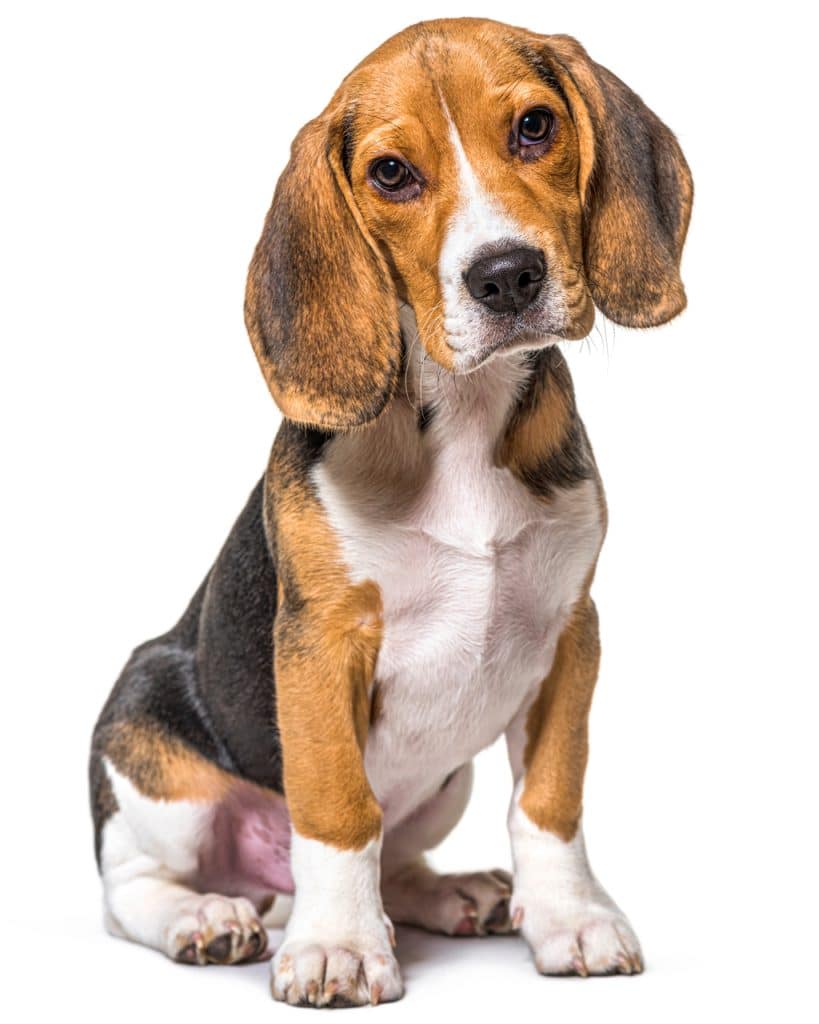
Life-on-White/Bigstock
When Beagles were mainly used for hunting, their determination, focus, and indifference to discomfort were highly prized; now that most Beagles are pets, however, these same qualities can be a real challenge to exasperated human companions. Many experts warn that Beagles should never be let off leash in unenclosed areas, nor should they be left in yards without high fences. Beagle owners who think they will get by with an “invisible” electronic fence are in for a shock—their dogs will likely run straight through the fence without paying the slightest attention.
The little hounds were also bred to work in packs and have a strong need for companionship, which makes them great buddies. Full of energy and fun, they love to play and just be with people of all ages. But be warned that if a Beagle doesn’t get enough stimulation from his owner, he will find not-so-diverting ways of amusing himself, including chewing and/or eating everything in sight.
When the vet isn’t busy removing foreign objects from a Beagle stomach, she’s probably telling another shamefaced owner that his “Snoopy” is seriously fat: rotund Beagles are all too common. Other health conditions that commonly affect the breed are “cherry eye,” a swelling of one of the eyelid glands, epilepsy, and hypothyroidism. The National Beagle Club of America provides an excellent webpage devoted to health concerns at clubs.akc.org/NBC/beagle_health_problems.htm.
The breed’s unique combination of characteristics, including size, sense of smell, inquisitiveness, winning personality, and—yes—love of food, has made it the sniffer of choice for the U.S. Animal and Plant Health Inspection Service. “Beagle Brigade” teams patrol airports across the U.S., detecting prohibited agricultural products before they enter the country, and, no doubt, providing welcome entertainment to many a bored passenger as they watch the busy dogs at work.
Whether they are seen climbing over piles of luggage at an airport, running nose-deep in the wet grass of an urban park as they single-mindedly chase down an irresistible scent, or simply gazing up at their owners contentedly with those gentle and intelligent eyes, Beagles indeed afford “most excellent diversion” to all who are fortunate enough to encounter the “merry little hounds.”
» Read Your Breed For more breed profiles, go to moderndogmagazine.com/breeds
Join the newsletter and never miss out on dog content again!
"*" indicates required fields
By clicking the arrow, you agree to our web Terms of Use and Privacy & Cookie Policy. Easy unsubscribe links are provided in every email.

